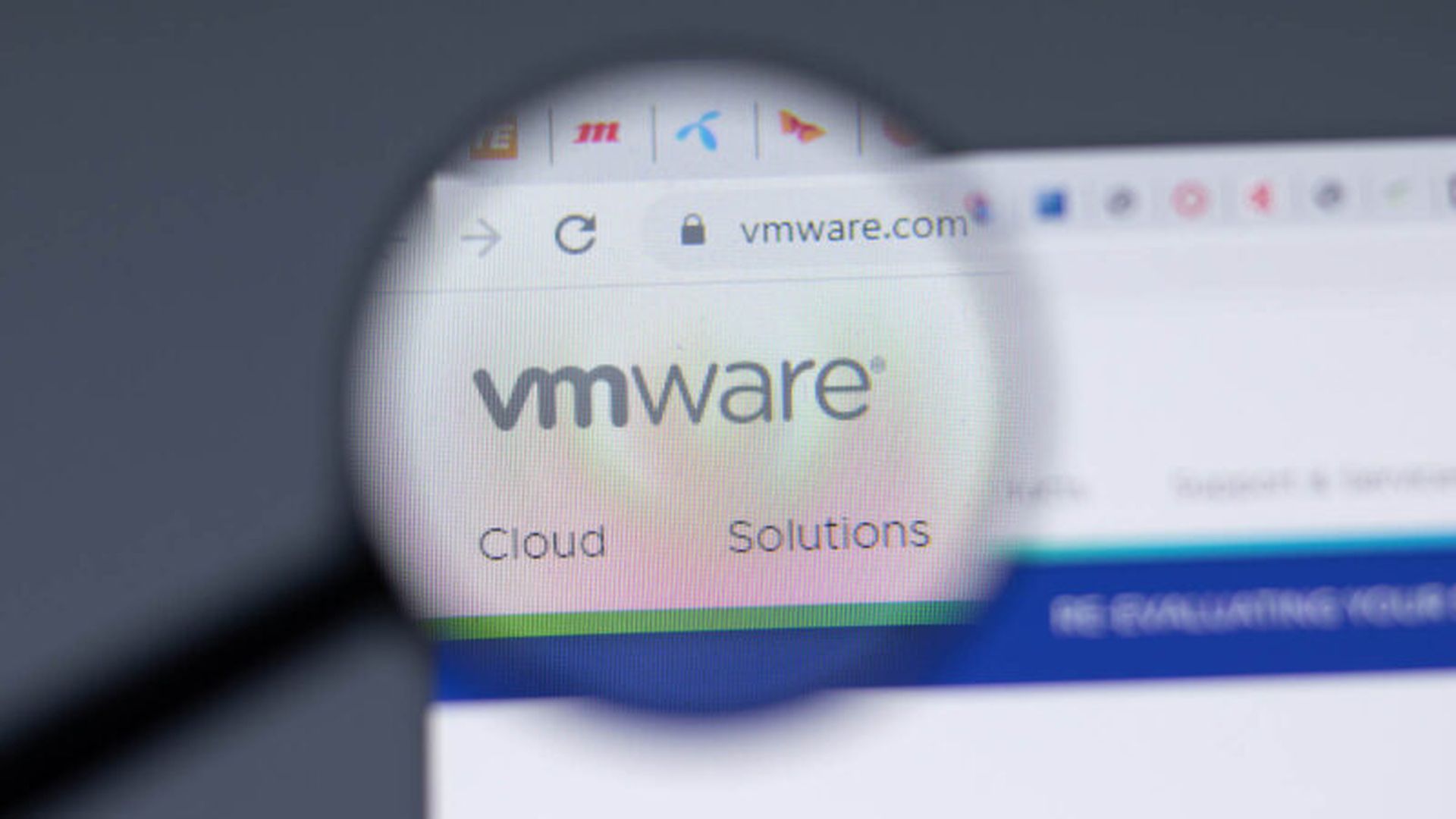In recent weeks, a significant surge in attacks targeting VMware ESXi servers has raised alarms across the cybersecurity industry. These attacks have exploited a critical authentication bypass vulnerability, known as CVE-2024-37085, which lets attackers gain full administrative access to ESXi hypervisors when joined to Active Directory domains. This flaw has been a gateway for multiple ransomware groups, including Storm-0506, Storm-1175, Octo Tempest, and Manatee Tempest, which have leveraged it to deploy notorious ransomware variants such as Akira and Black Basta.

The motivations behind these attacks are multifaceted. Primarily, the vulnerability offers a high-reward opportunity for attackers to quickly escalate privileges, facilitating broader network access and control. ESXi servers are integral to many enterprise environments because of their role in hosting virtual machines, making them attractive targets for attackers aiming to cause maximum disruption and extract ransoms. The vulnerability itself lets attackers add malicious users to a non-existent "ESX Admins" group, which, because of improper validation, gets granted full administrative privileges by default. This oversight underscores a critical gap in security hygiene, exacerbated by the often slow response to patch deployment despite available fixes.
Compromised ESXi servers can have devastating impacts. Once attackers achieve administrative access, they can encrypt multiple virtual machines simultaneously, effectively holding entire business operations hostage. The potential for data exfiltration prior to encryption further compounds the threat, as attackers can steal sensitive information and used it for further extortion or sell it on underground markets. Moreover, the ability to disrupt virtualized environments presents a cascading effect, crippling not just the targeted systems, but also interconnected services and applications.
The continued exploitation of ESXi servers highlights a worrying trend, as it demonstrates the increasing sophistication and boldness of ransomware operators. By targeting critical infrastructure with precision, these groups aim to maximize their leverage over victims. This trend calls for a strategic reassessment of how organizations defend their virtualized environments. Immediate actions must include the following five steps:
- Rapid application of patches and updates: This promised to eliminate vulnerabilities like CVE-2024-37085. Organizations need to prioritize timely updates to ensure that known security flaws are promptly addressed, reducing the risk of exploitation.
- Strengthen access controls: Teams can do this by implementing multifactor authentication and ensuring that privileged accounts are tightly secured. Enhancing these measures can significantly reduce the likelihood of unauthorized access and help protect sensitive systems and data.
- Conduct regular security audits to proactively identify and address potential vulnerabilities: Frequent and thorough audits can uncover hidden weaknesses, allowing organizations to fortify their defenses before attackers can exploit them.
- Implement network segmentation: By segmenting networks, teams can limit the lateral movement of attackers, thereby containing breaches and protecting critical assets. In dividing the network into isolated segments, organizations can prevent an attacker from easily moving across the network, thus reducing the overall impact of a breach.
- Develop robust incident response plans: This will minimize the impact of successful attacks. These plans let organizations respond swiftly and efficiently, ensuring that they can recover operations without succumbing to extortion demands and minimizing downtime.
As ransomware groups continue to evolve their tactics, the focus must remain on intelligence-driven defense strategies that anticipate and neutralize emerging threats. By staying vigilant and proactive, organizations can better protect their ESXi environments and ensure the resilience of their operations against these persistent and evolving threats.
Callie Guenther, senior manager of threat research, Critical Start

